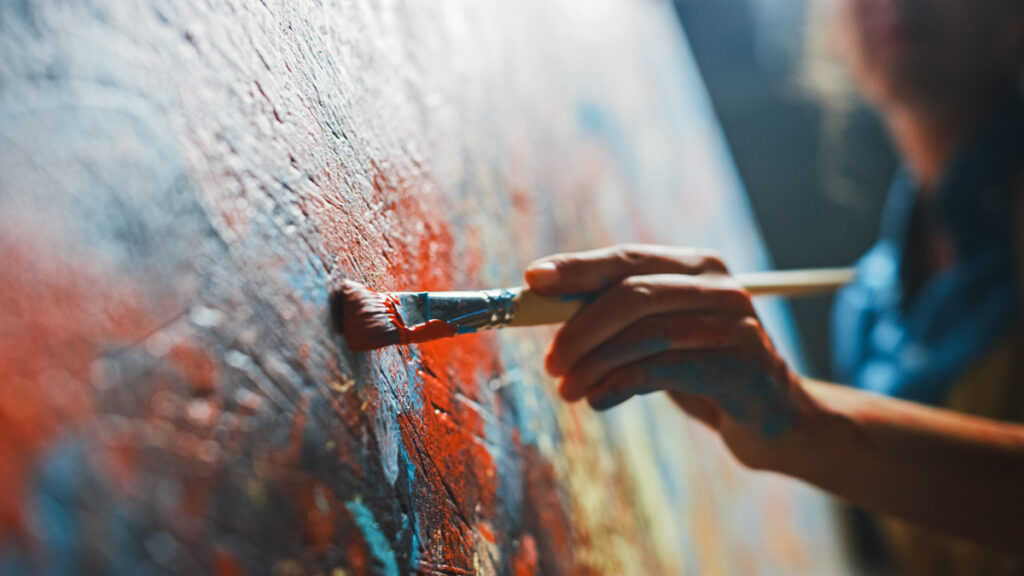In July, Angel Pereda, a mayoral candidate in Mexico, was arrested in New York by the FBI for attempting to sell at least four forged pieces of art allegedly by Jean-Michel Basquiat and Keith Haring. This was not surprising. According to New York City art dealer Joseph K. Levene, Haring and Basquiat are “among the most forged contemporary artists.”
Art Recovery International, a company that chases down stolen artwork and helps collectors to authenticate pieces points out that the amount of forged art that is sold every year amounts to billions of dollars.
While the details of the counterfeit art aren’t known—for example, how exactly they were forced—it’s easier to do in the high-tech world. Advanced printing techniques, online sales by anonymous sellers who never touch or see the work, and at times, even artist foundations unwilling to certify the pieces, for fear of getting into hot water with angry collectors, have all contributed to a booming counterfeit art marketplace.
Most of the forgeries are of contemporary artworks, which isn’t a coincidence. The more complicated works of art by the Old Masters are more difficult to copy.
Here are the five most counterfeited artists, and how the perpetrators get caught.
Andy Warhol – Warhol’s artistic process—screen prints on canvas or paper—makes copying his work easier for forgers. The artist himself employed a “factory” of workers to help reproduce his art. His most counterfeited works are his silk screens with augmented paint. Warhol’s silk-screened portraits of China’s Chairman Mao in 1972 and 1973 sell for $5-7 million. The fake prints are simpler than the originals, use less paint and have a mechanical appearance.
Jean-Michel Basquiat – This artist is popular with copycats since his artwork is in high demand. The late New York artist’s creations sell for between $3 million and $125 million. Basquiat is seen as a cultural icon. But Levene points out that although the artist’s style is child-like, a forgery is difficult to make and the fakes “lack authority.” It may be something as simple as the counterfeiter adding too many iconic symbols—such as Basquiat’s signature big-toothed face, airplane and crown—to the point that it looks overdone.
Keith Haring – The simplicity of his paintings and his generosity make Keith Haring a popular artist among counterfeiters. He gave away a lot of his artwork to friends, which makes it easier for forgers to create a false provenance. The Pereda bust included a phony Haring painting that copied the artist’s signature “radiant” characters. However, it was, as Levene says, “too structured,” with identically-sized hash-marks, which was not Haring’s style.
Roy Lichtenstein – This New York painter’s signature Pop Art style, especially his work from the early 1960s that uses dots in the style of a vintage comic book, is a magnet for con artists. They were also available in large editions. His “Crying Girl” print was forged and caught as part of a federal bust in 2008 in Chicago. A genuine print, signed by the artist, can sell for $100,000. However, counterfeiters often get a few things wrong, such as the plate size and expected signs of aging.
Willem de Kooning – This artist’s abstract expressionism and lack of precision make it easier to copy. However, forgers often try too hard to imitate the artist’s style. In the case of de Kooning, a copycat trying to mimic his early 1950s “Woman” series (which fetches $50-100 million) attempted to be formal, whereas de Kooning wasn’t.
Those in the know will find many details that help them separate out the genuine gems from the knockoffs.

